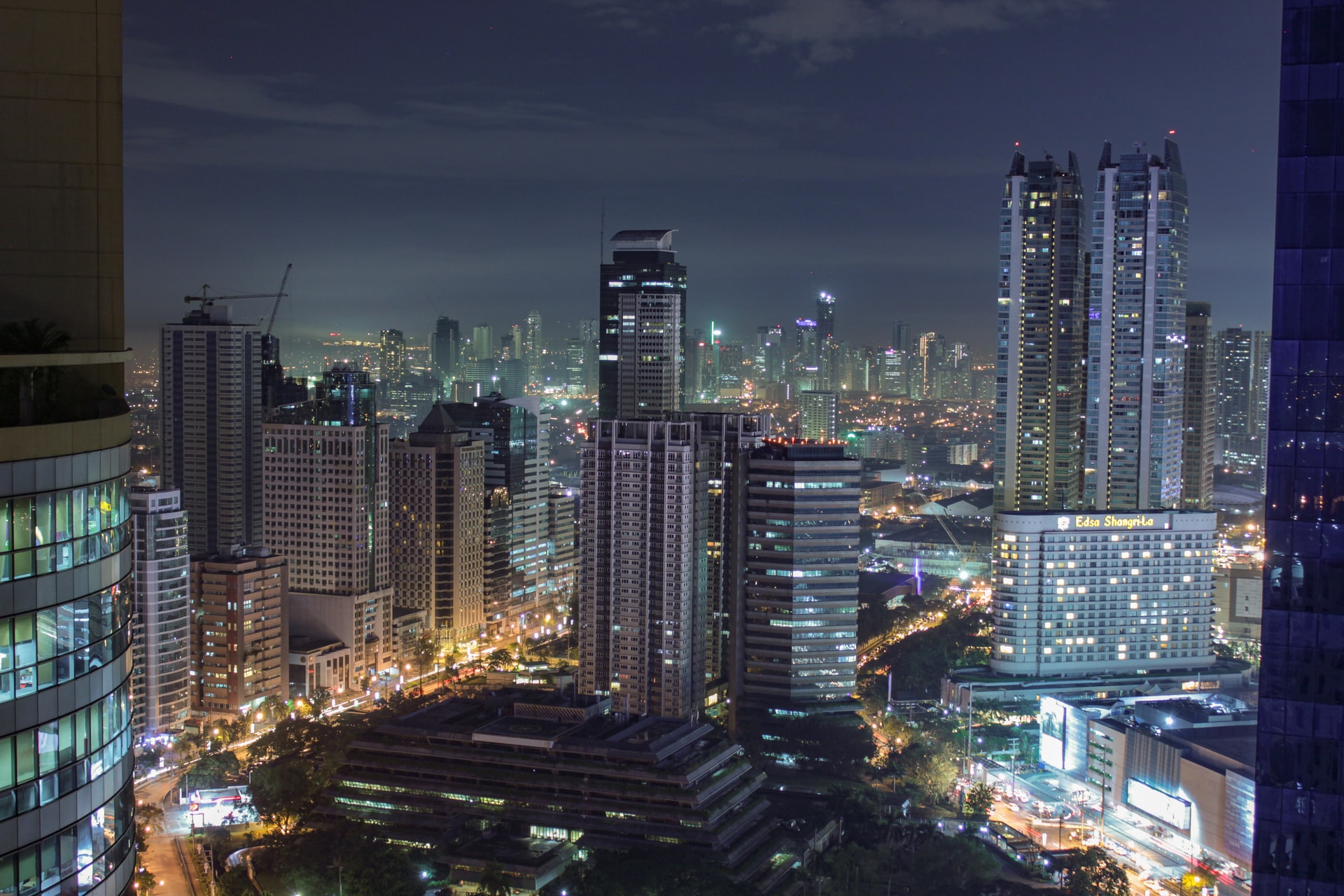The Philippines’ New Development Plans
The Philippines has outlined a holistic growth plan that it aims to achieve by 2040. The country has witnessed strong development, and its economy is poised for sustained growth over the coming decades.
Based on the existing 2017-2022 development plan that made commendable progress, the government aims to achieve the status of an upper-middle income country by 2022 despite the setbacks due to COVID-19. But a crisis also does provide opportunities. What are the strengths of the 25-year vision – AmBisyon Natin 2040? How well will it integrate with Southeast Asian regional development?
Horasis is organizing the Horasis Asia Meeting on 26 November 2021 to deliberate on such developments. The one-day virtual event will see participation from a diverse range of people, spanning members of governments, businesses, academia, and the media. The goal is to arrive at actionable solutions that can ensure shared prosperity.
What are the AmBisyon Natin 2040’s Strengths?
Between now and 2040, the Philippines’ vision is to grow their residents’ per capita incomes three-fold. In addition to income growth, it also lays emphasis on improvements in quality of life. The Philippines’ development roadmap, therefore, goes beyond economic milestones alone.
The plan factors in more basic elements such as work-life balance. It encourages Filipinos to spend more time with family, and make use of public facilities such as parks and recreational centers. Ambisyon Natin 2040 envisions making Filipino society into one where trust prevails, leading to an enhanced community spirit. Volunteering pursuits are also encouraged, where the less privileged in society are assisted.
Food security is prioritized too, so that no individual is deprived of this basic need. Filipino families will also have the ability to dwell in comfortable homes with the availability of conveniences that ensure improved quality of life. Higher value jobs will be created to generate more sustainable incomes. Meanwhile, opportunities will be extended to encourage entrepreneurship.
More importantly, the AmBisyon Natin 2040 envisions a scenario where Filipinos are able to repose complete faith in their government – one that is free from corruption and serves all citizens equally.
A key pillar for this ambitious initiative is to encourage and sustain the establishment of competitive businesses. Healthy competition allows consumers to access both affordable and quality goods and services. In this context, successive governments must allocate investments to enhance market associations, ensure regulatory compliances can be easily understood, and ascertain credit availability.
In addition to a proactive government stance, there are spheres that must be developed vis-à-vis a competitive business environment. Human capital growth is a necessity and to this end, there may be upgrades needed in skill development initiatives. A focus on tech skill building will be a definite advantage.
The sectors that directly impact AmBisyon are housing and urban development, manufacturing, connectivity (in terms of bridges, airports, and transportation systems), education services, tourism and allied services, agriculture, health and wellness services, and financial services.
Opportunities Amid the Pandemic-led Crisis
While the pandemic brought on hardships for the bulk of global populations, there have been upsides—albeit of lesser magnitude—that can be leveraged. Several technology aids, for example, that were earlier considered secondary tools, have now become mainstream.
Remote working and distance learning were earlier discussed as credible ways to limit traffic congestion, reduce carbon emissions and increase efficiency. On account of the pandemic-led lockdowns, these ideas were adopted instantly, much to the benefit of both people and the environment. Remote learning has been a strong enabler for millions worldwide. And this shift was largely due to strong technology enablers such as inexpensive smartphones and cheap data.
The strong dependence on technology must be taken advantage of to usher in socio-economic advancement. For SMEs even, the pandemic ‘forced’ an exploration of e-commerce. This was a sales channel that was largely overlooked in the years prior. Even in a developed economy such as Singapore, only a handful of SME owners had earlier built an online presence.
Integrating with Regional Development
The Philippines’s growth road map is commendable. It delivers firm direction for successive governments to follow and take stock of. In a positive development, several regional economies have also outlined similar ambitious growth targets.
Indonesia, for example, had consistently registered economic progress until 2020. The IMF believes the country has the ability to post a strong rebound. Similarly, Vietnam was among the few countries that registered positive growth at a time when most economies were amid recessions.
In simple terms, ambitious regional economies will foster competition. It will encourage each economy to leverage its strengths. But more importantly, it will also ensure collaboration among them that will lead to even higher levels of quality, with goods and services offered at even more affordable prices. Just as collaboration among European states boded well for the region as a whole, there is promise that similar events will play out in Southeast Asia too.
Photo Caption: The Manila city skyline.




